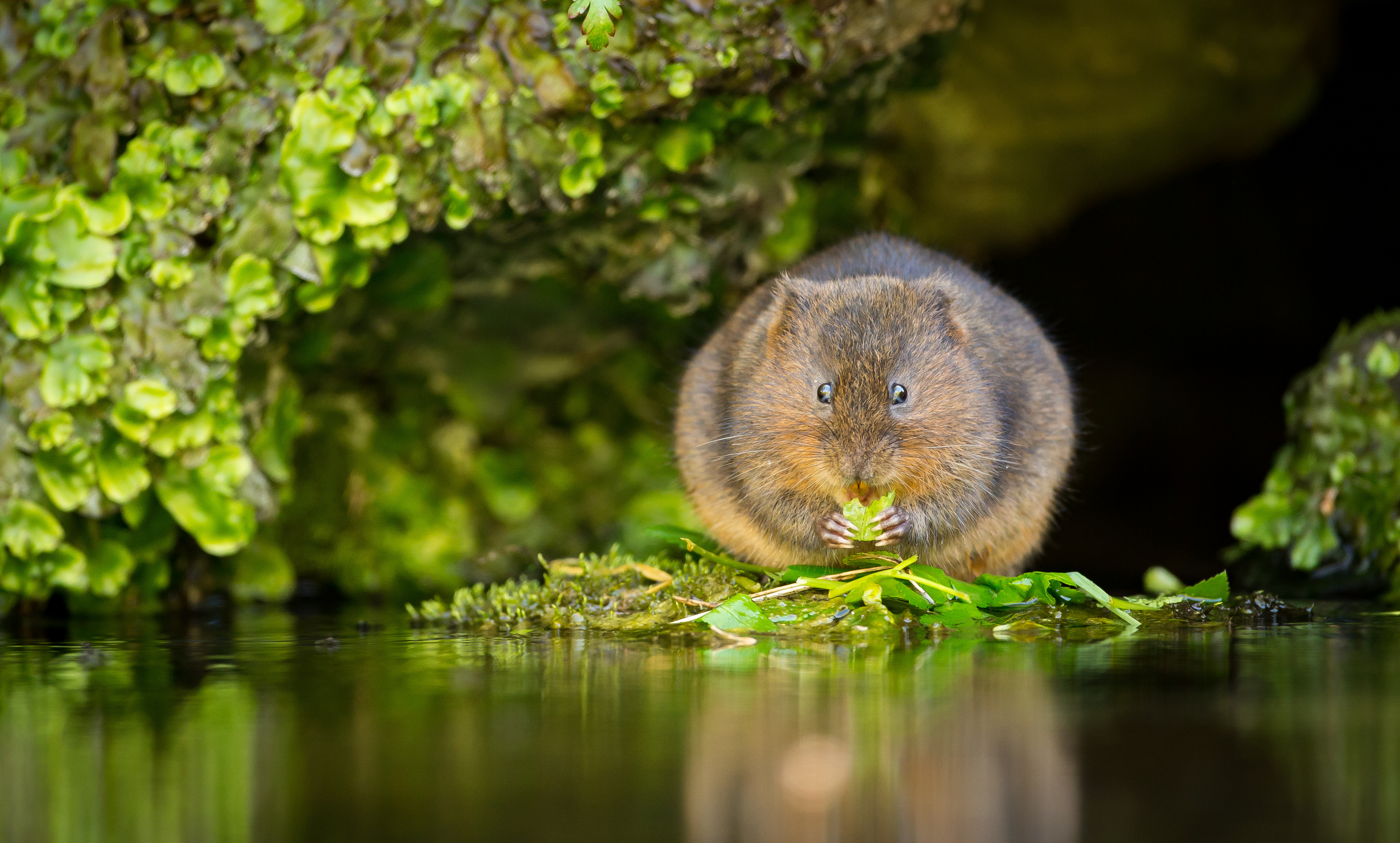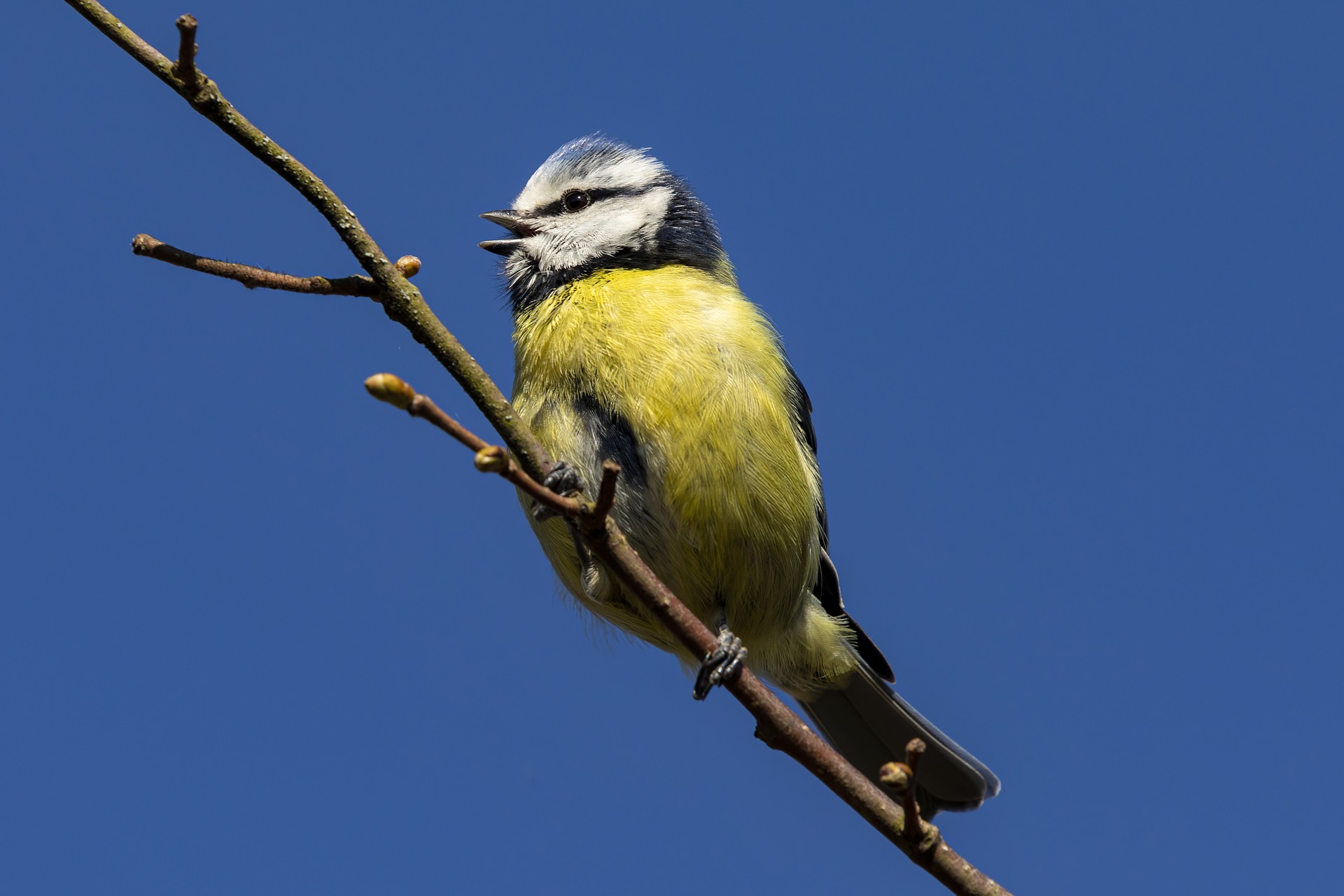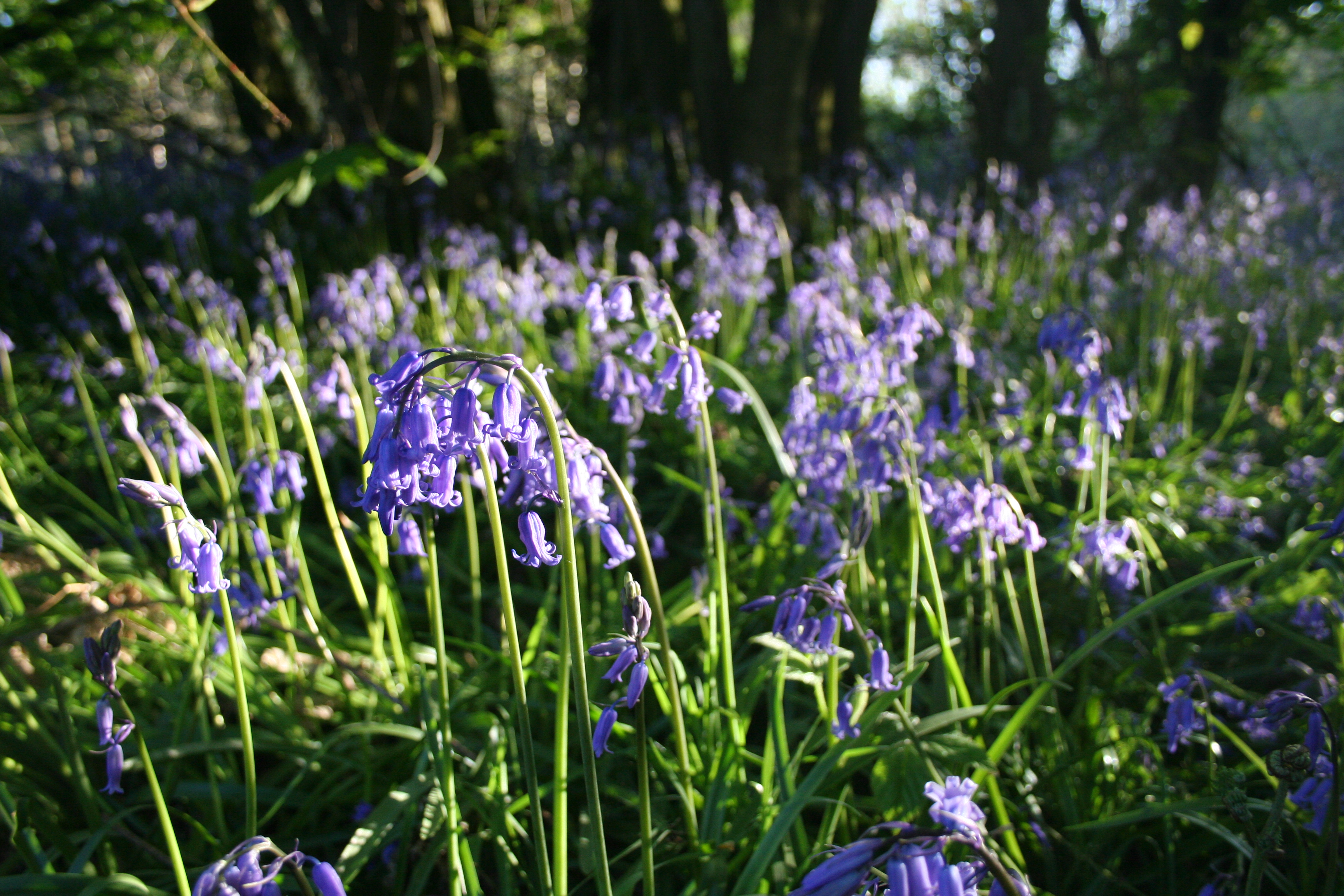Traditional woodland management techniques: why they are still relevant in the National Forest today.
12th Feb 2021
Traditional woodland management techniques date back centuries to when woodsmen swung axes rather than chainsaws, horses hauled the logs, and charcoal fuelled blast furnaces and the forges of blacksmiths rather than our garden barbeques.
Today, although woodland management techniques have advanced, the ancient techniques remain some of the most effective ways to diversify habitats in new woodland, give the landscape a sense of heritage and make a living from small-scale forestry, making them perfect for use by woodland owners, communities and craftspeople in the National Forest. Here are just some of the traditional methods used in the Forest today and the benefits they bring.
Coppicing
Coppicing is an ancient technique dating back to pre-history. It involves cutting back trees at the base of the trunk or stool, causing multiple new shoots to grow up towards the light. The process is repeated every 7-10 years, by which time the now substantial ‘new’ shoots are removed as useful woodland material. Traditionally oak trees were coppiced for the tanning industry, and ash trees for firewood. Today, coppicing produces valuable woodland products such as hazel stakes and binders for hedge laying and pea sticks for gardens, whilst the cut timber can be carved into walking sticks and is used as thatching material. Coppicing is known to increase the life of a tree, as trees tend to outgrow themselves causing structural damage, but coppicing resets the clock by cutting the tree back to the ground which can extend lifespan considerably. For example, an uncoppiced hazel will live approximately 70 years, while a coppiced hazel can still be in rotation and healthy after 200 years plus. Coppicing is also very beneficial for wildlife, as it increases biodiversity in the woodland, both by letting light reach the ground every few years when the tree is cut back, and by allowing specific species to thrive at different stages of the coppice rotation. This in turn provides food for butterflies and insects which then themselves become a food source for birds, bats, and other mammals.
Darren Abell is a local forester and owner of Abell To coppice products, which offers a wide variety of marketable products such as garden gates, hazel hurdles and walking sticks, created from the whole tree while developing a healthy plant and thriving wildlife habitat.
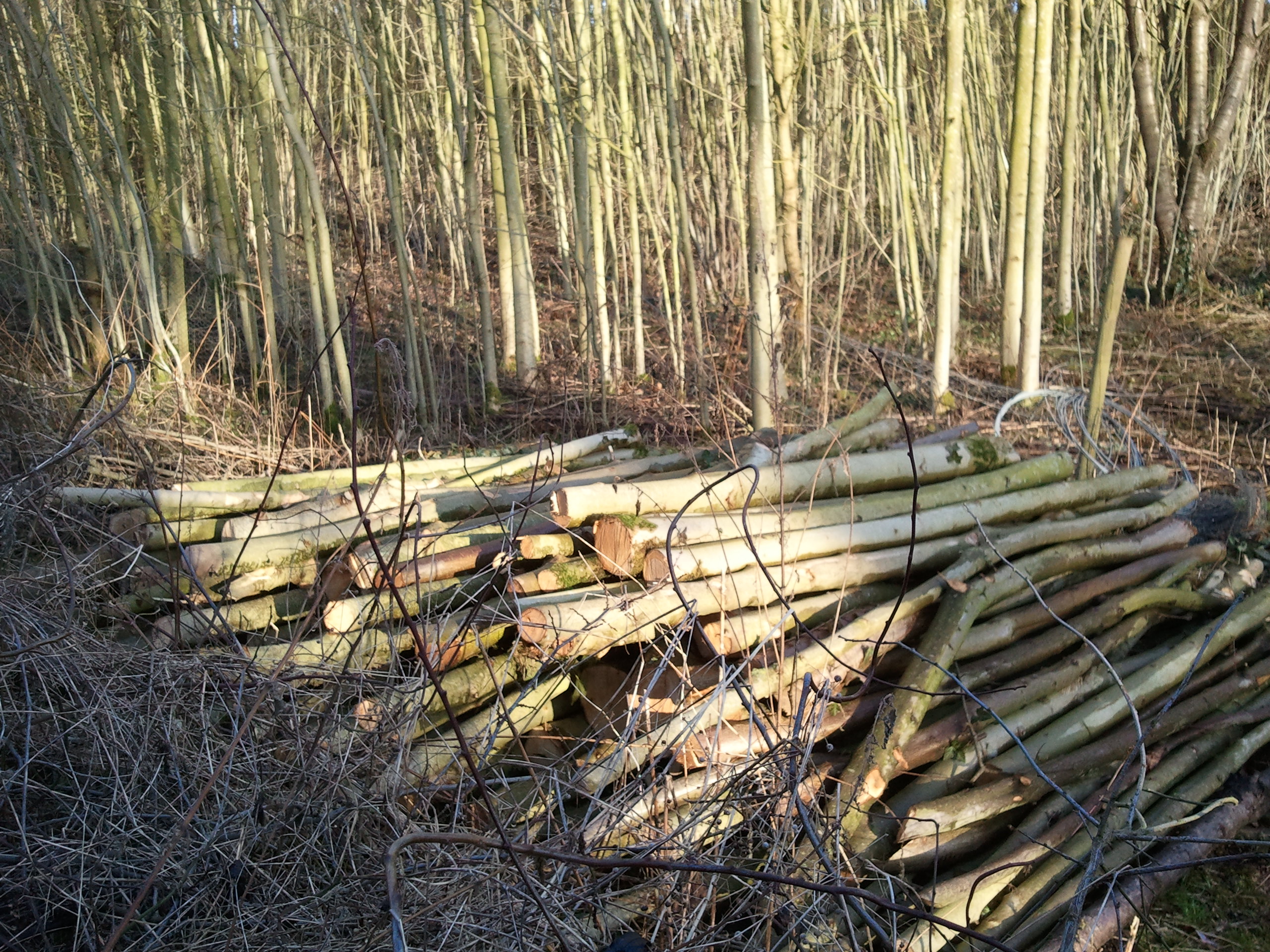
Pollarding
Pollarding is a very similar technique to coppicing, but involves repeatedly cutting the tree back to a height of around one to two metres. As with coppicing, this promotes the regrowth of multiple stems – as if the tree has a brand new hair-do. Stimulating regrowth at this level prevents animals such as rabbits and deer from feeding on and damaging the fresh new shoots, Historically, pollarding was used to create woodland products, similar to coppicing, but today we are more likely to see bare-knuckled branches (a freshly pollarded tree looks like its branches end in knuckles) on an urban street. It is a common technique used by tree surgeons in towns to maintain the height and density of the trees, thereby preventing obstruction of overhead cables and streetlights.
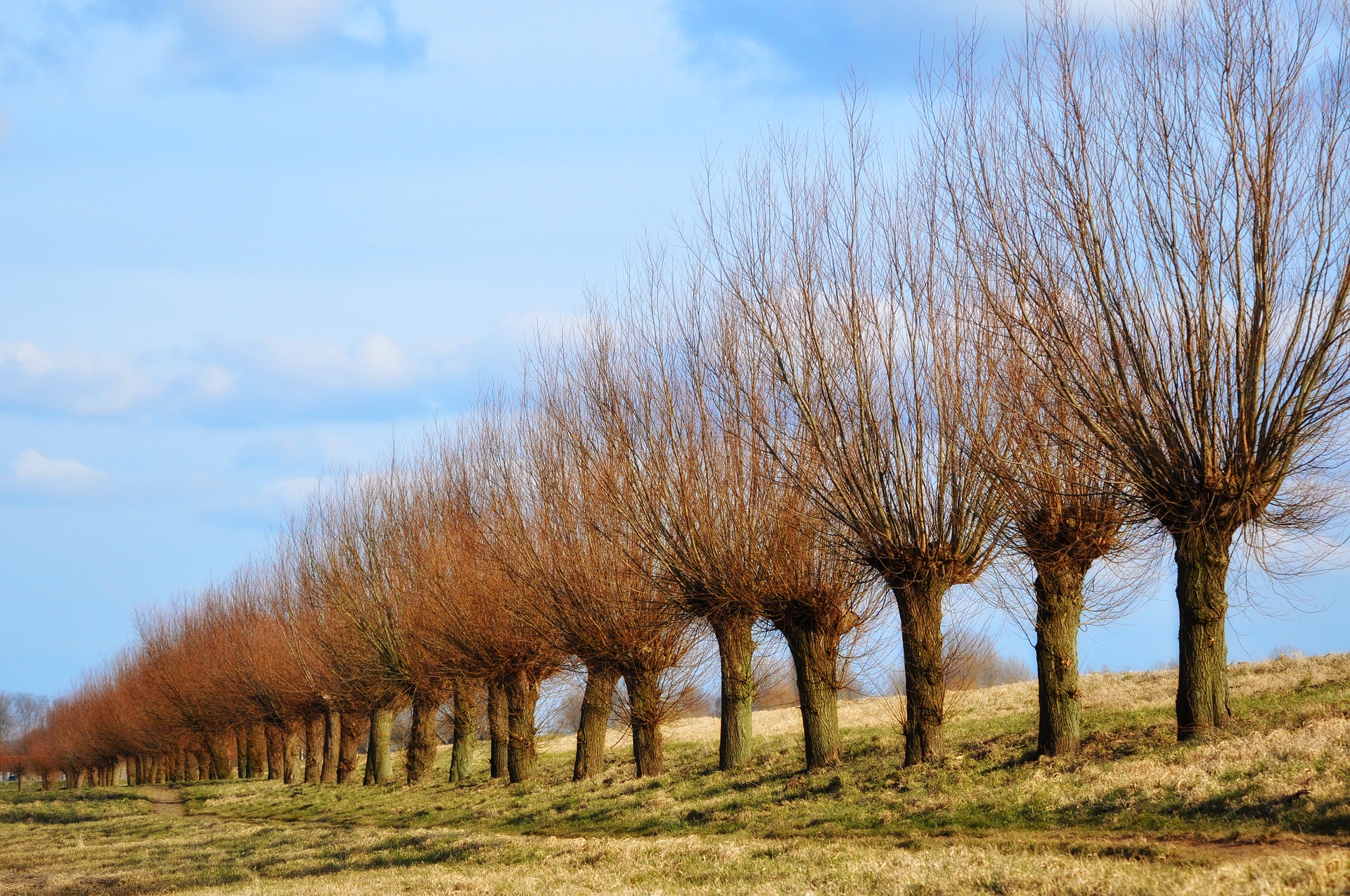
Hedge laying
We love hedges today, but originally they were the symbol of the dreaded Enclosure Acts. Quickthorn, another name for hawthorn, is so named because it grew quickly to create a sheep-proof barrier when open land was taken from the commoners. But today hedges are an attractive and valuable addition to the landscape, and traditional hedge laying techniques that encourage thick and dense growth are part of building up resilient and safe habitats for wildlife within the National Forest. A good thick hedge provides shelter for farm stock too and can prevent soil erosion and chemical run-off into watercourses. Traditional hedge laying involves cutting partway through a stem at ground level, then bending it over with the main trunk still partially attached and more or less upright so that the hedge can continue growing. This is repeated in the same direction along the whole hedge, creating a dense low-lying barrier. The finishing technique can then vary according to regional styles across the country. In the National Forest we are most likely to see the ‘Midlands Bullock’: the hedge is kept in place by driving stakes into the ground vertically at intervals along its length and securing them together along the top with woven binders, ensuring the whole structure is solid and secure. The stakes and binders are usually hazel and willow – see above, under coppicing: these are the very products that a coppice system provides.
Charcoal Making
Charcoal has been used for thousands of years, its intense heat stoking blacksmiths’ forges and smelting iron in blast furnaces. The number of trees consumed in this way caused major deforestation in England and Europe and the lack of suitable timber being no longer readily available was one of the reasons that coal replaced charcoal as part of the Industrial Revolution. Today we have a love affair with charcoal as the intense heat it gives off makes it the perfect fuel for our summer barbeques, but please think carefully about where your charcoal has come from! Most of the charcoal that is burnt in the UK today has been imported from other countries and is linked with deforestation, unsustainable forestry and habitat loss. The UK can produce charcoal for all our barbeque needs, if there is enough purchasing power put behind a drive for UK charcoal, and buying locally, it is a much more sustainable choice and supports your local economy. The beauty of it is that it uses waste material from woodland management, the brash and small branches left behind when trees are felled. This material is ‘cooked’ in an enclosed burner (a ‘retort’), using a technique that burns off everything but the carbon, leaving the intense fuel that is so useful for our vegetable kebabs. Just to reiterate, please make sure the charcoal you buy is produced in the UK from sustainable wood products.
Heartwood Community Wood Fuel group, make and supply quality charcoal sustainably sourced in the National Forest, supporting healthy resilient woods and not contribute to harmful deforestation overseas.
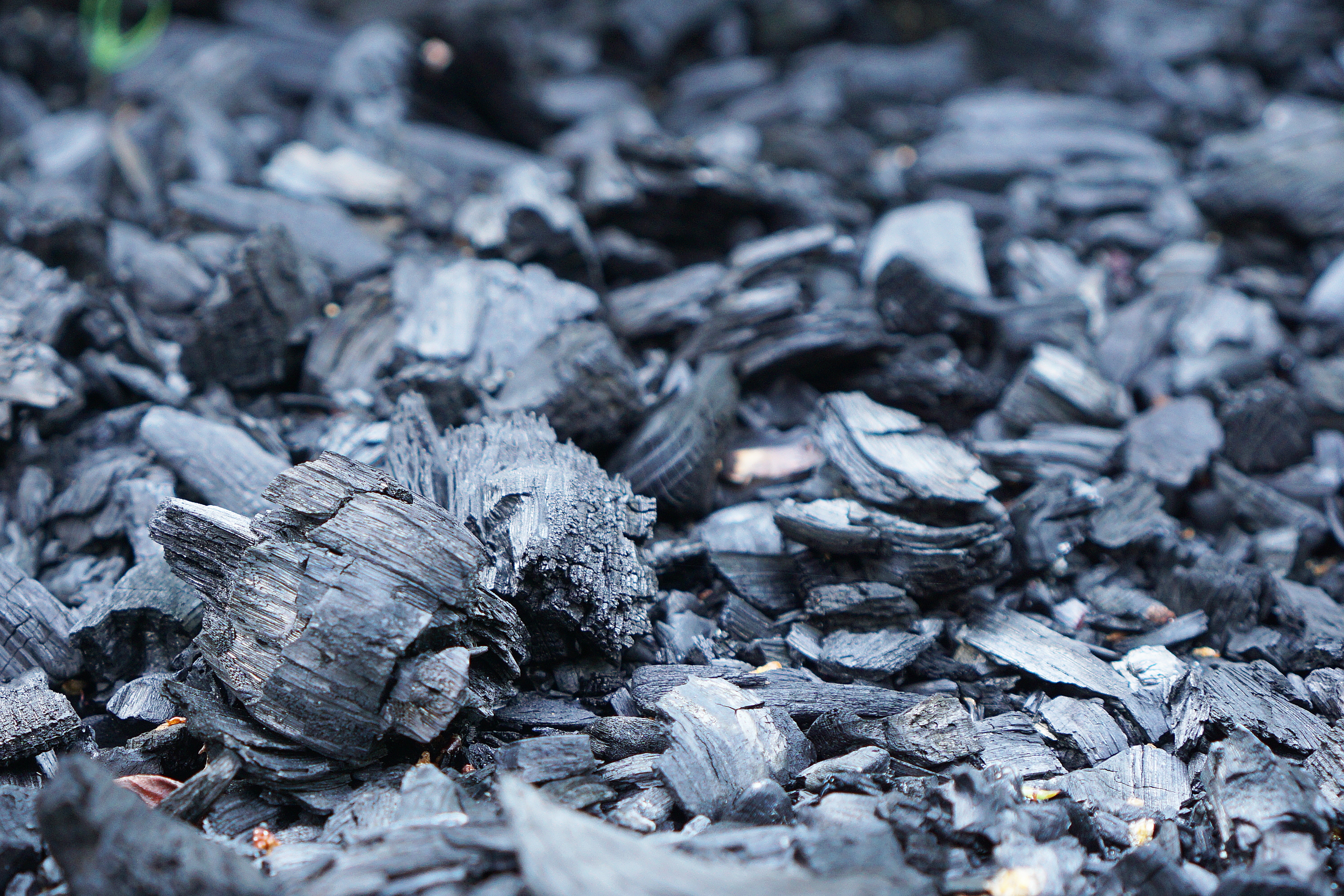
The National Forest is a 21st-century forest, but these traditional techniques have a secure and welcome place here alongside our modern forestry practices and machinery. They teach us a lot about the human scale of forestry, and how all aspects of the land, wildlife, and the need to make a living from woodlands and forestry can work together.
Give to the Forest
Give monthly or one-off donation?
